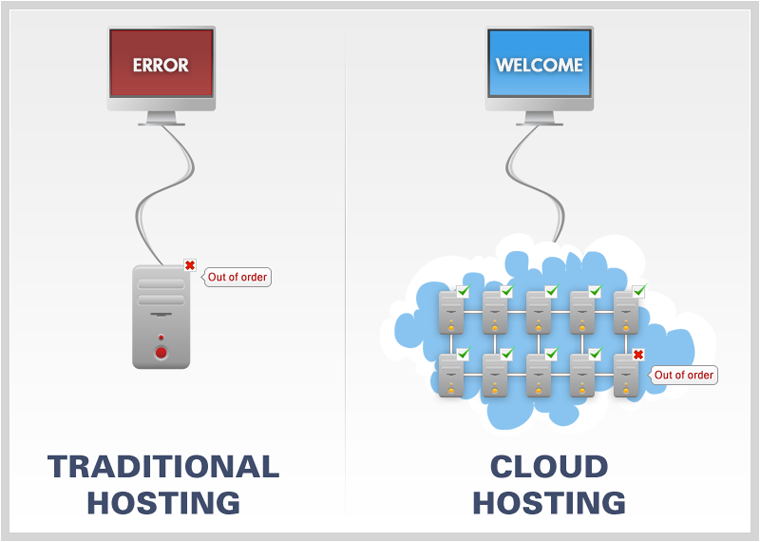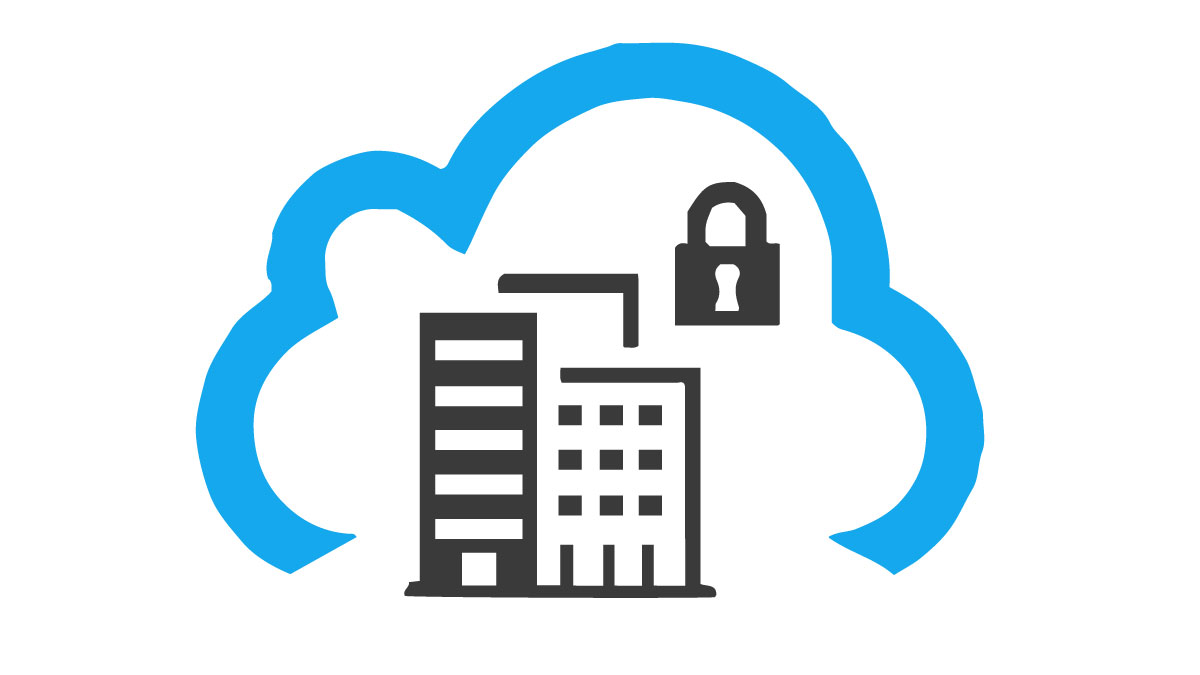
Profile Container and Office Container will read from a provider, if the data needed isn't already contained in the Local Cache file. It is also suggested that any storage used for the local cache file be physically attached storage, or have reliability and performance characteristics that meet or exceed high-performing physically attached storage. It is critical that the storage used for the Local Cache file be high-performing and highly available. If all remote Providers are stale, the Provider with the latest meta data is considered the source of truth.īecause the Local Cache file will service most IO requests, the performance of the Local Cache file will define the user experience. When a Provider isn't available when the user signs out, it will be brought up to date in subsequent sessions by having all of its data replaced from an existing, and up-to-date, Provider. If a Provider, that was unavailable, becomes available before the user signs out, then it will be brought up to date from Local Cache. If a Provider becomes unavailable, the system will continue to operate with the remaining Provider(s). This is a synchronous process, limited by the performance of the various system components such as client, network and storage. Additionally, the Local Cache file will service any writes from the system, then propagate those writes to all Providers in the Cloud Cache configuration. After any read from a Provider is complete, the data is stored in, and accessed from, the Local Cache file. The Local Cache file will service most read requests. The Proxy File contains no data, it's a placeholder for the Cloud Cache system.

Cloud Cache also uses a local "Proxy File". Cloud Cache uses a Local Cache file that contains part of the dataset stored in the Cloud Cache Providers. Cloud Cache can have one or more Providers with a practical limit of 4. The combination of a profile container, and meta data, is referred to as a Cloud Cache Provider or Provider. Cloud Cache design and functionalityĬloud Cache uses one or more remote profile containers, along with meta data.

After initial sign-on, Cloud Cache can improve the user experience for subsequent reads of data from the Profile Container or Office Container, as these reads are serviced from the Local Cache file. It's common for environments using Cloud Cache to have slightly slower sign-on and sign out times, relative to using traditional VHDLocations, using the same storage. Likewise, all writes occur to all remote storage locations, although writes go to the Local Cache file first.Ĭloud Cache doesn't improve the users' sign-on and sign out experience when using poor performing storage. It's important to understand that, even with Cloud Cache, all initial reads are accomplished from the redirected location. Cloud Cache can also provide real time, 'active active' redundancy for Profile Container and Office Container. Using Cloud Cache can insulate users from short-term loss of connectivity to remote profile containers.


Cloud Cache also allows the use of multiple remote locations, which are all continually updated during the user session. Cloud Cache is a technology that provides incremental functionality to Profile Container and Office Container.Ĭloud Cache uses a Local Profile to service all reads from a redirected Profile or Office Container, after the first read.


 0 kommentar(er)
0 kommentar(er)
